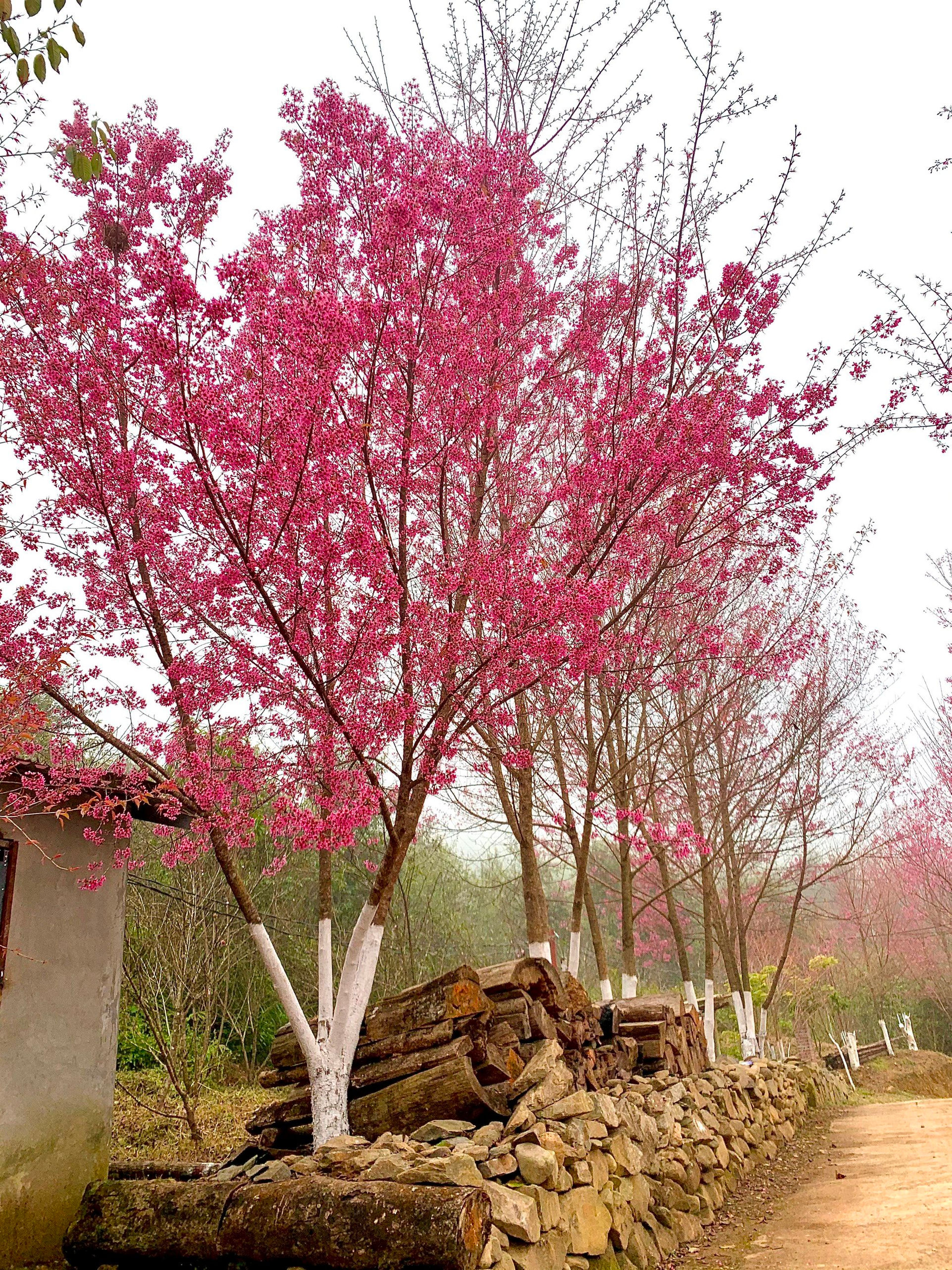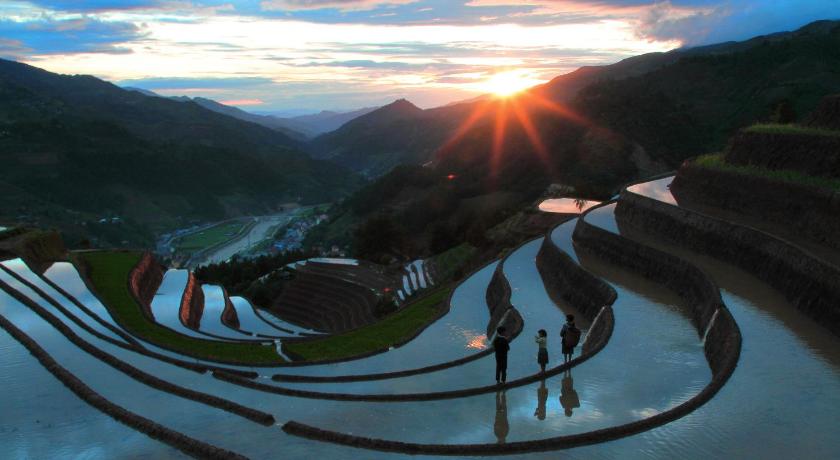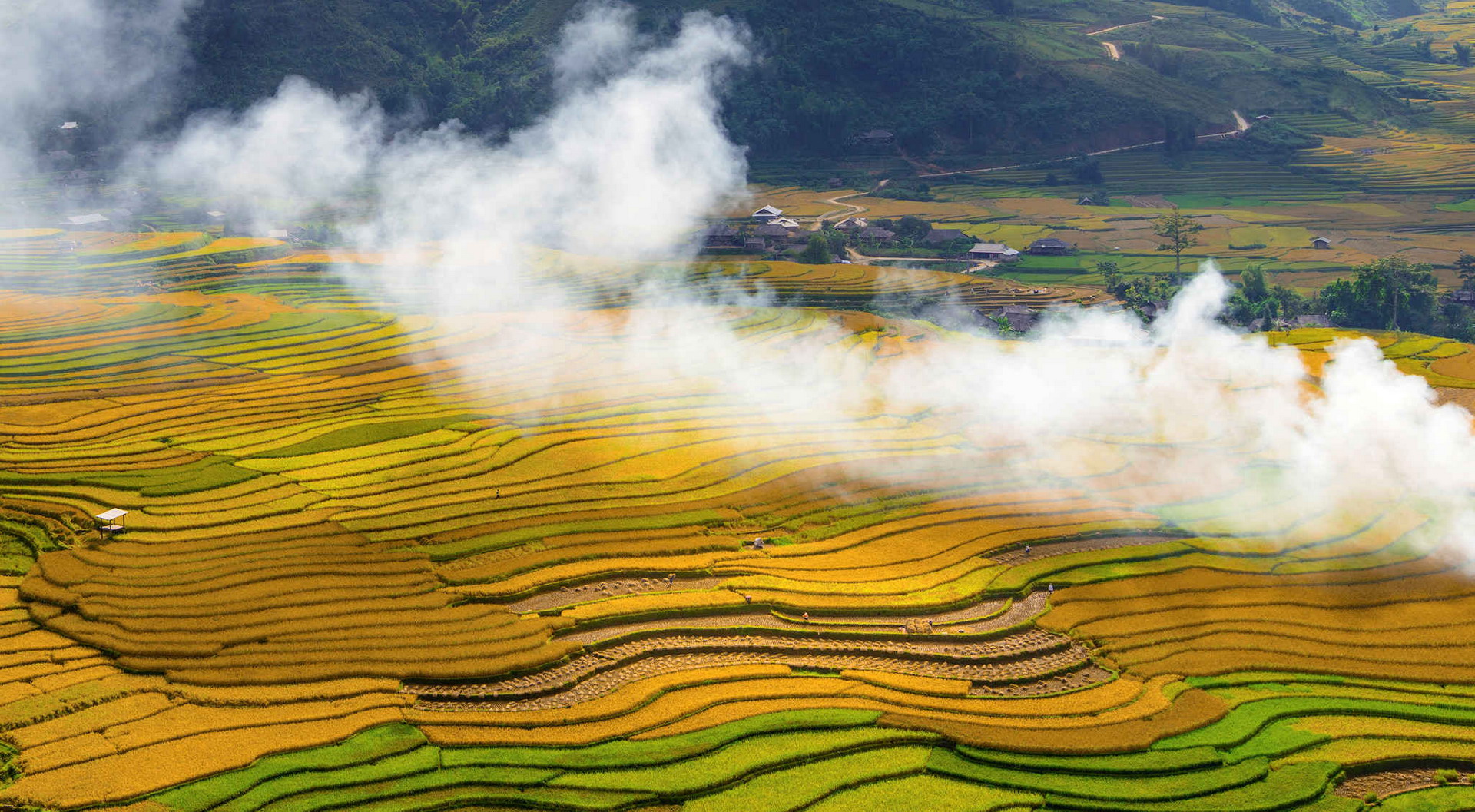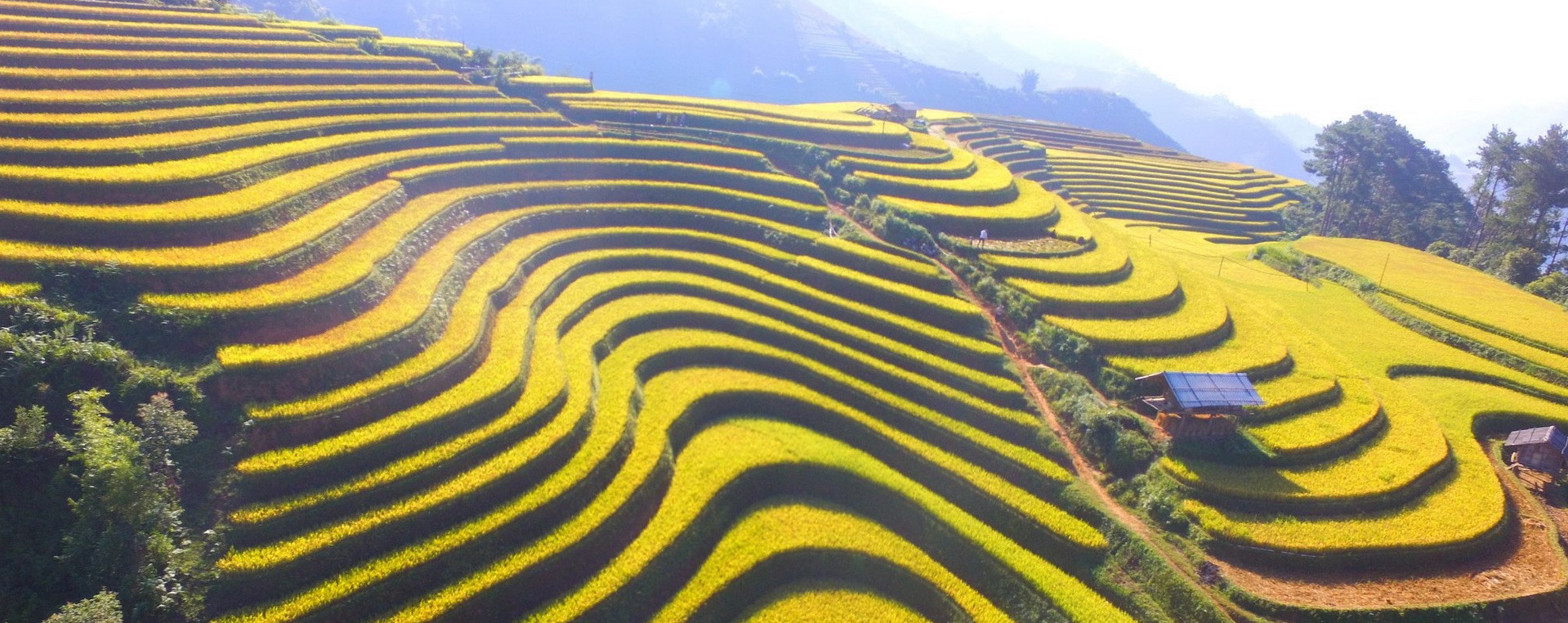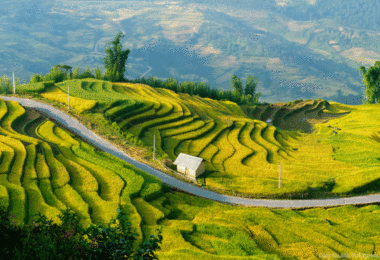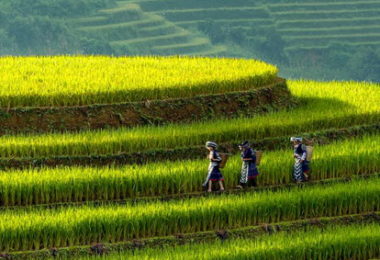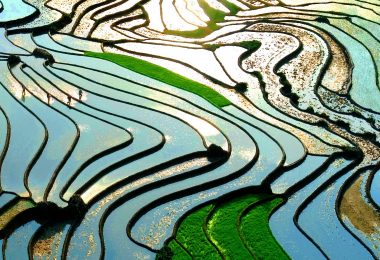Every year in December, To Day flowers bloom in the high mountainous Mu Cang Chai.
To-Day is a tree with a wide canopy, growing on hillsides, mountain slopes, or deep valleys – places with terrain hundreds of meters above sea level, in harsh climates, The temperature background is variable and there is a clear difference.
To-Day flowers usually bloom on the occasion of the New Year of the Mong ethnic group, a few months before the New Year of the Longitude people. Flowers bloom a few weeks before the Lunar New Year.
When To Day flowers bloom, it is also the time for Hmong boys and girls to call each other to go to festivals and spring trips.
To Day flower tree usually grows in high mountainous areas. The interesting thing is that growing on the land that meets the climatic conditions, the new tree gives many buds, blooms many flowers, and has a characteristic deep color.
To Day possesses not only the wild beauty of the Northwest area but also a simple, pure and ethereal beauty.
Compared with our peach blossoms, To Day flowers have a deeper color and are adorned with long red pistils.
According to the village elders and chieftains of the Mong people, they do not know when this tree has existed, where its origin comes from, or whether it is a native or foreign plant, only knowing from generation to generation, when born and grew up, saw its red, faded pink color present on the way to the upland, to the forest to collect honey and to collect firewood every time around Tet.
To Day flower has brought a happy signal, a message to the Hmong community in the highlands that a new spring is coming, the season of love songs, and couples find each other.
The Mong people in the Northwest are very fond of To Day flowers because To Day flowers are also a symbol of the Northwest mountains and forests, more or less carrying the soul and lifestyle of the Mong ethnic community. “To-Day", the name of this flower was also coined by the Hmong people.



























